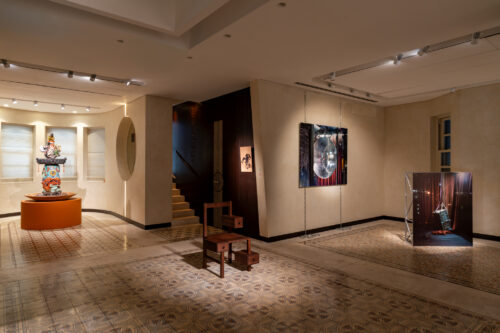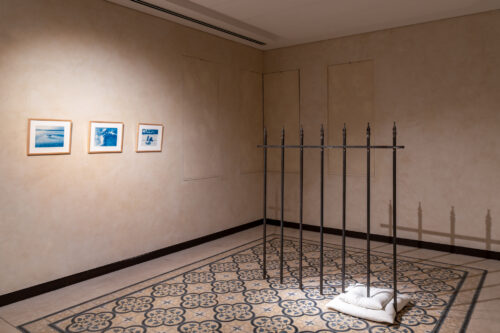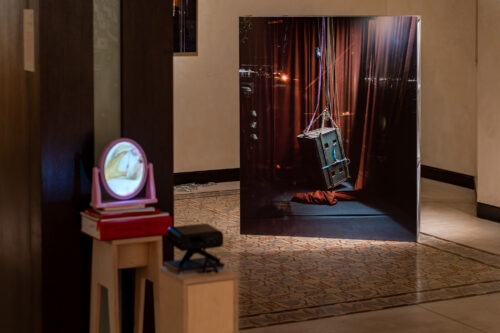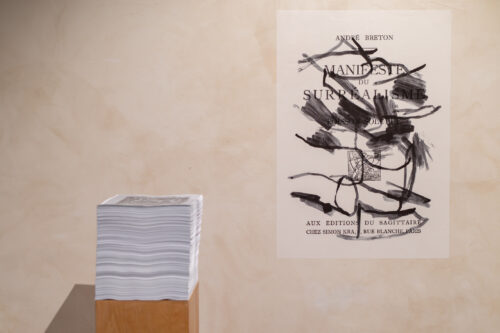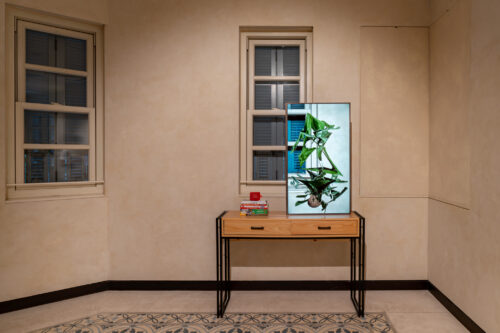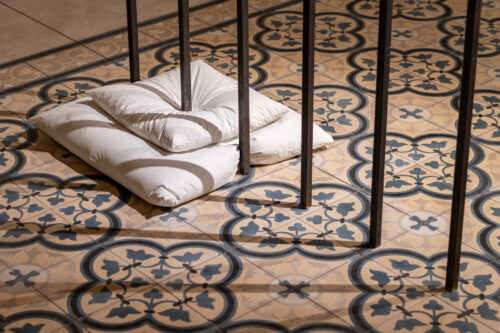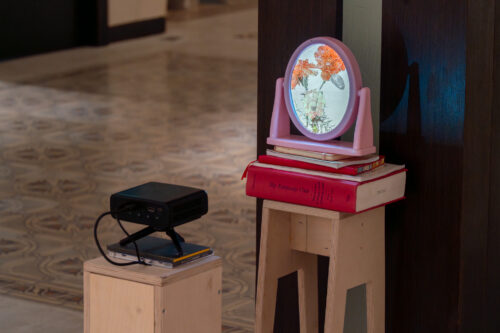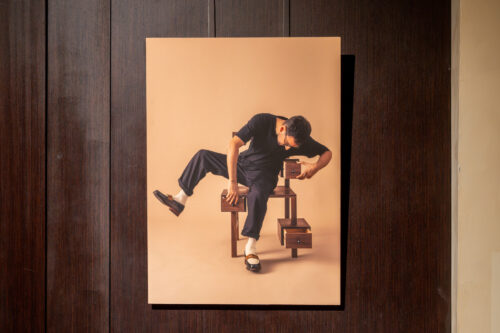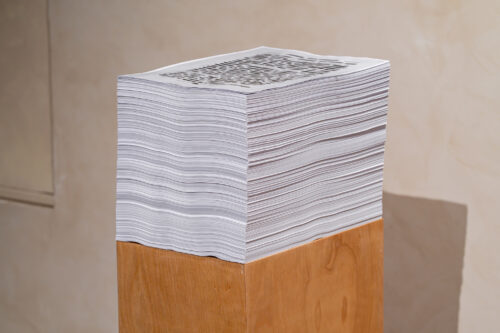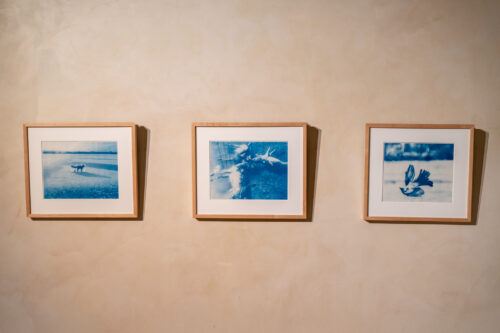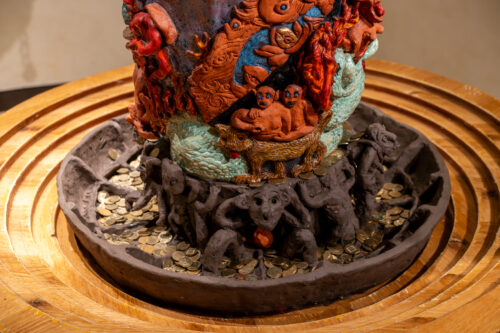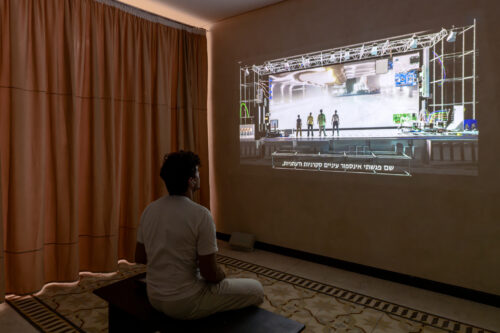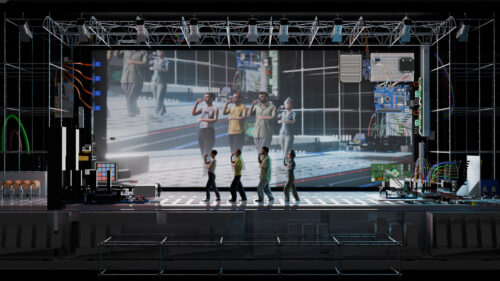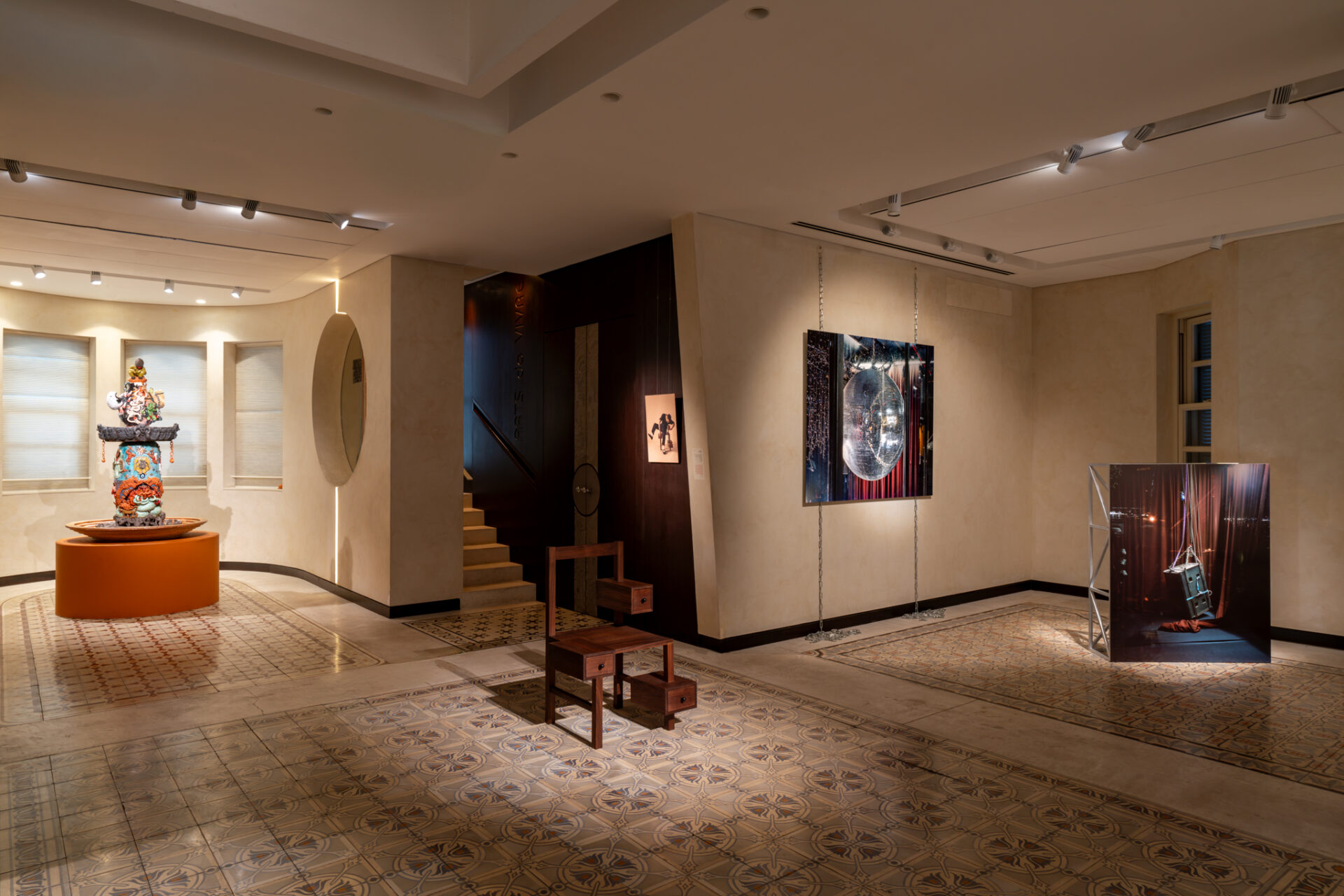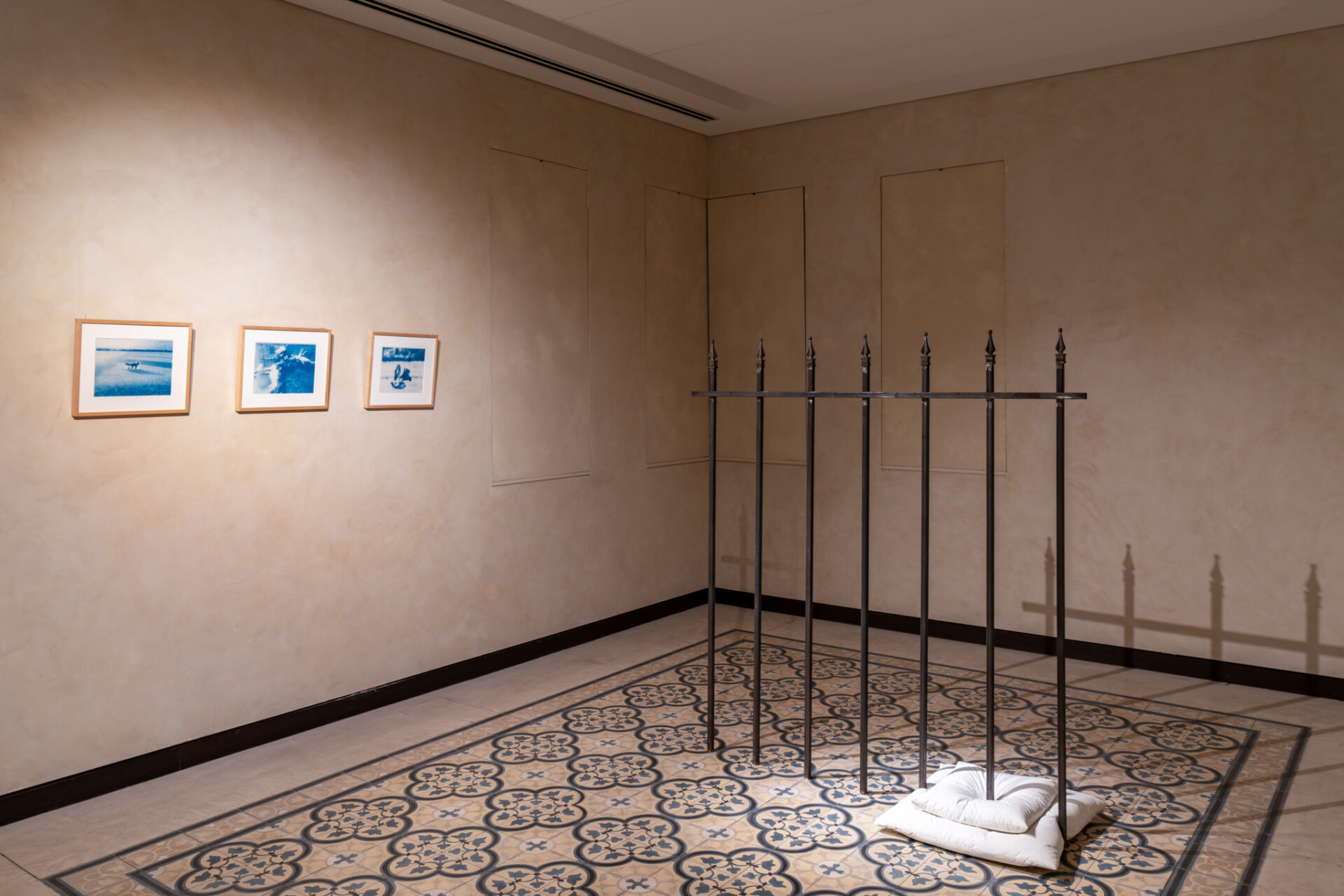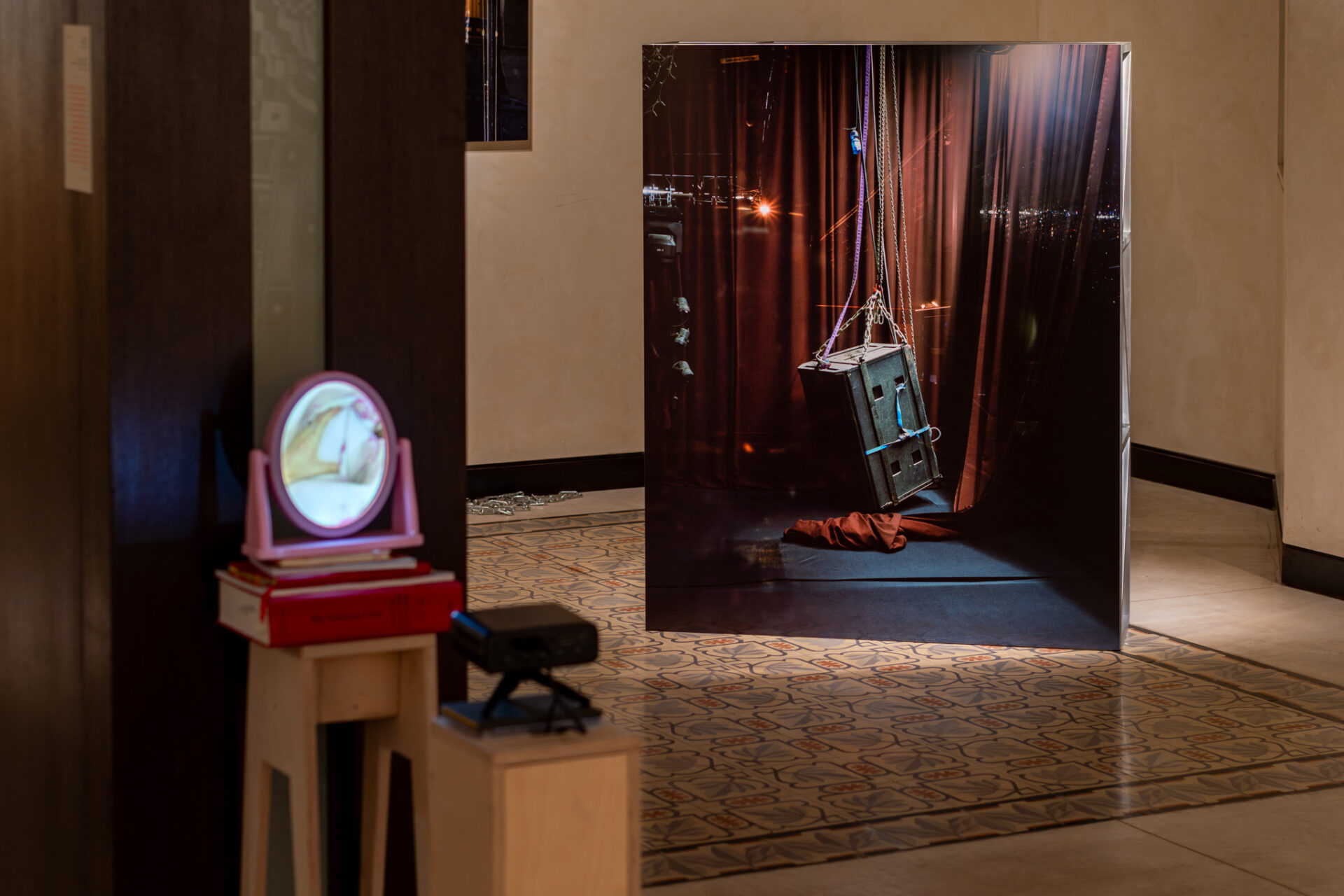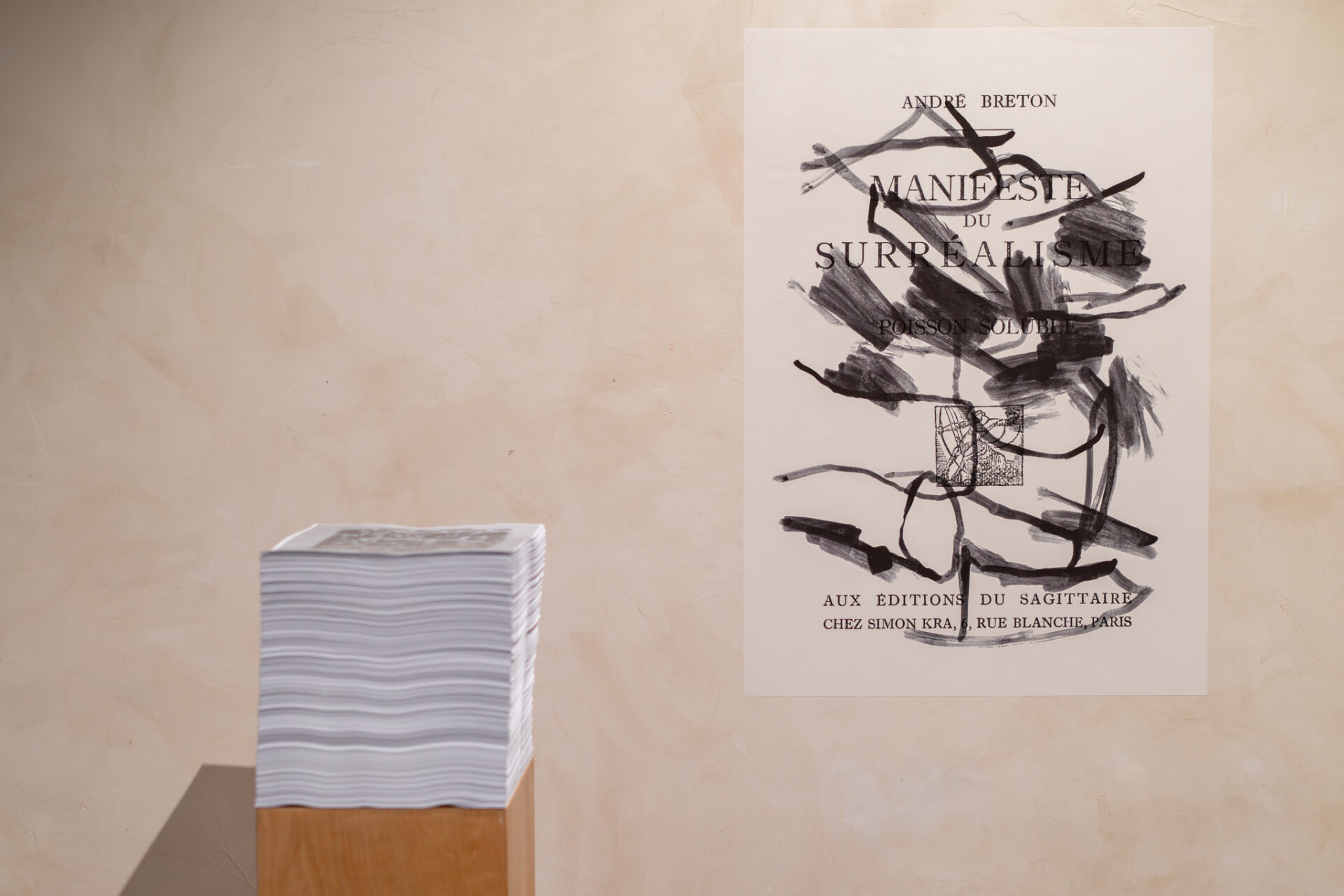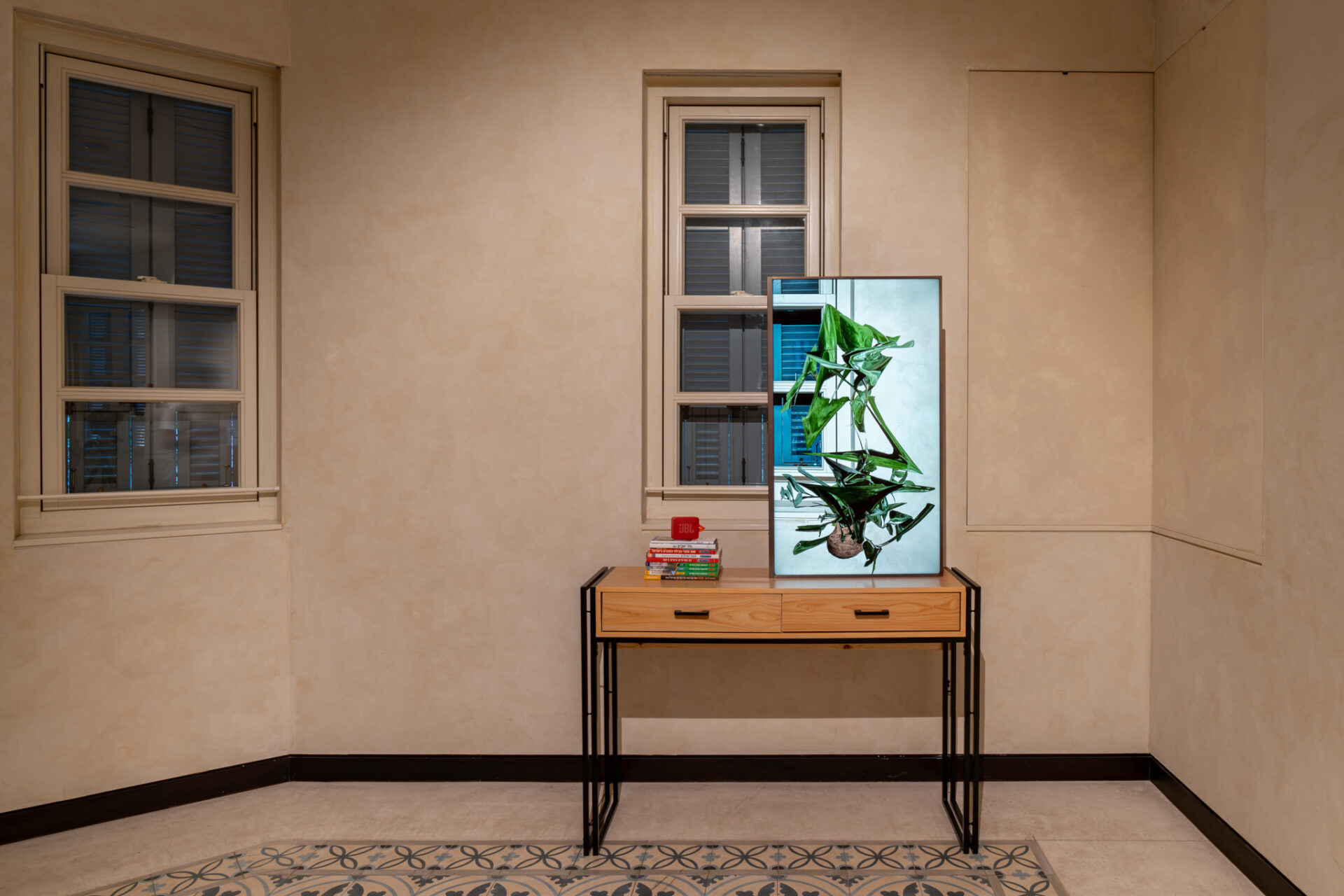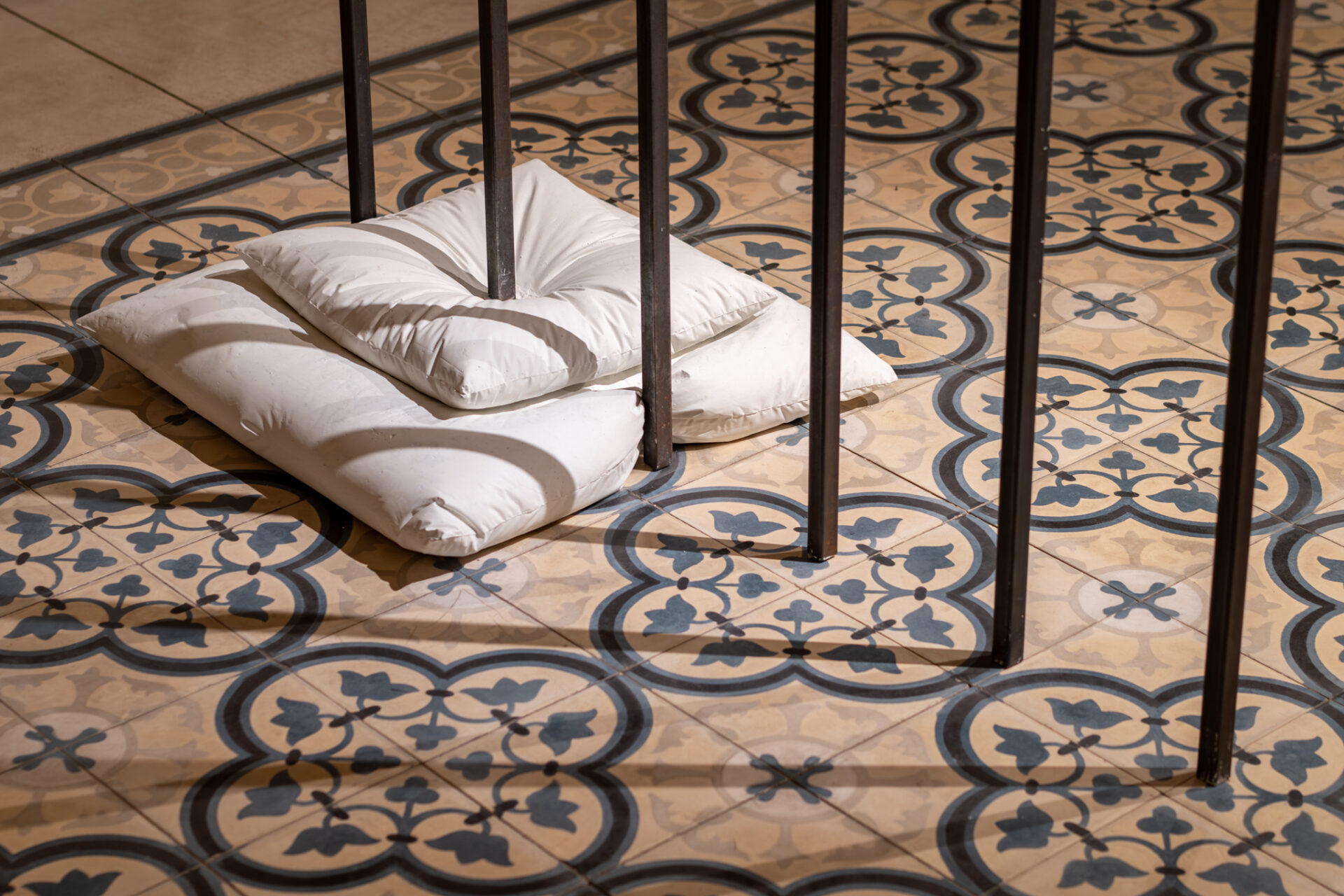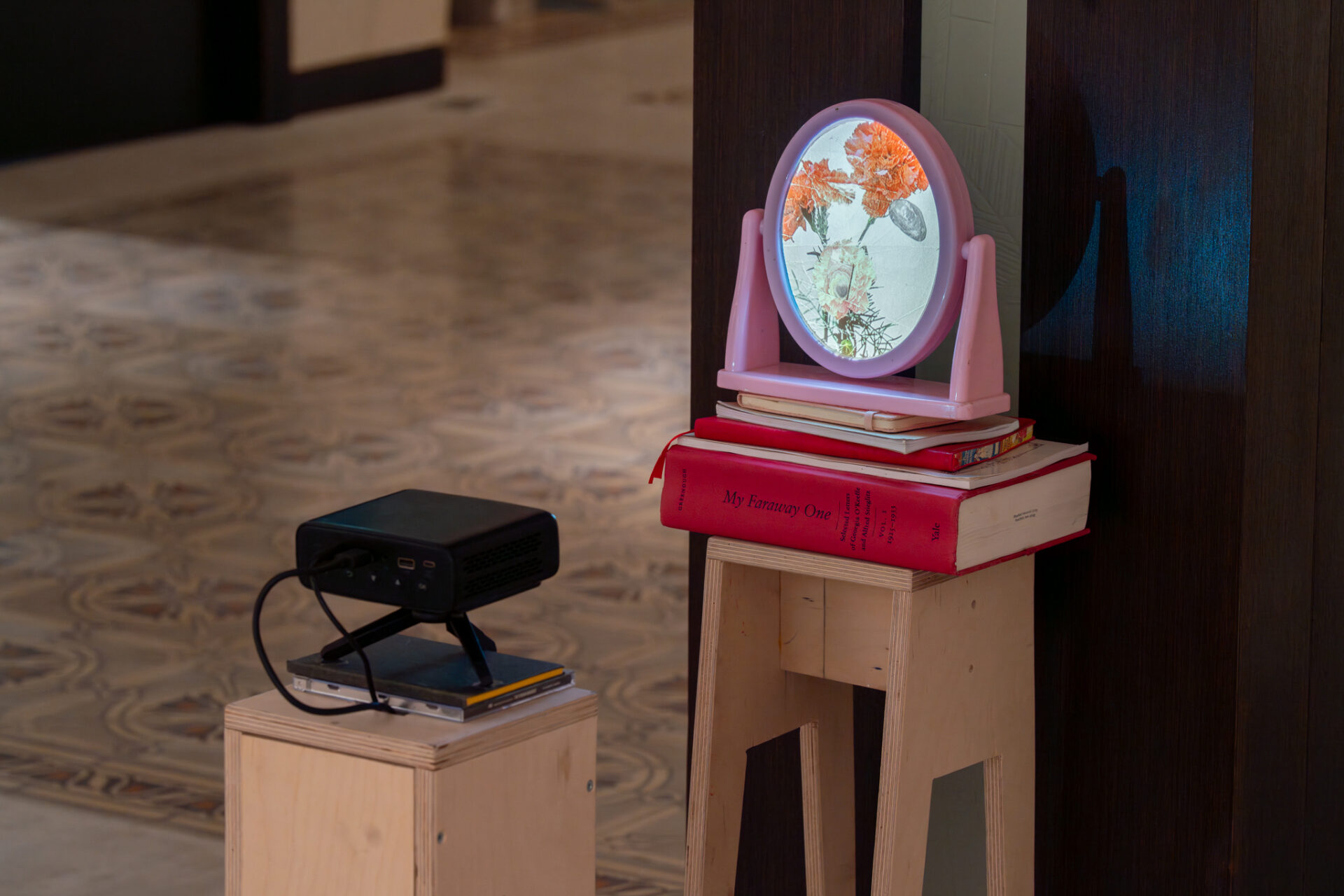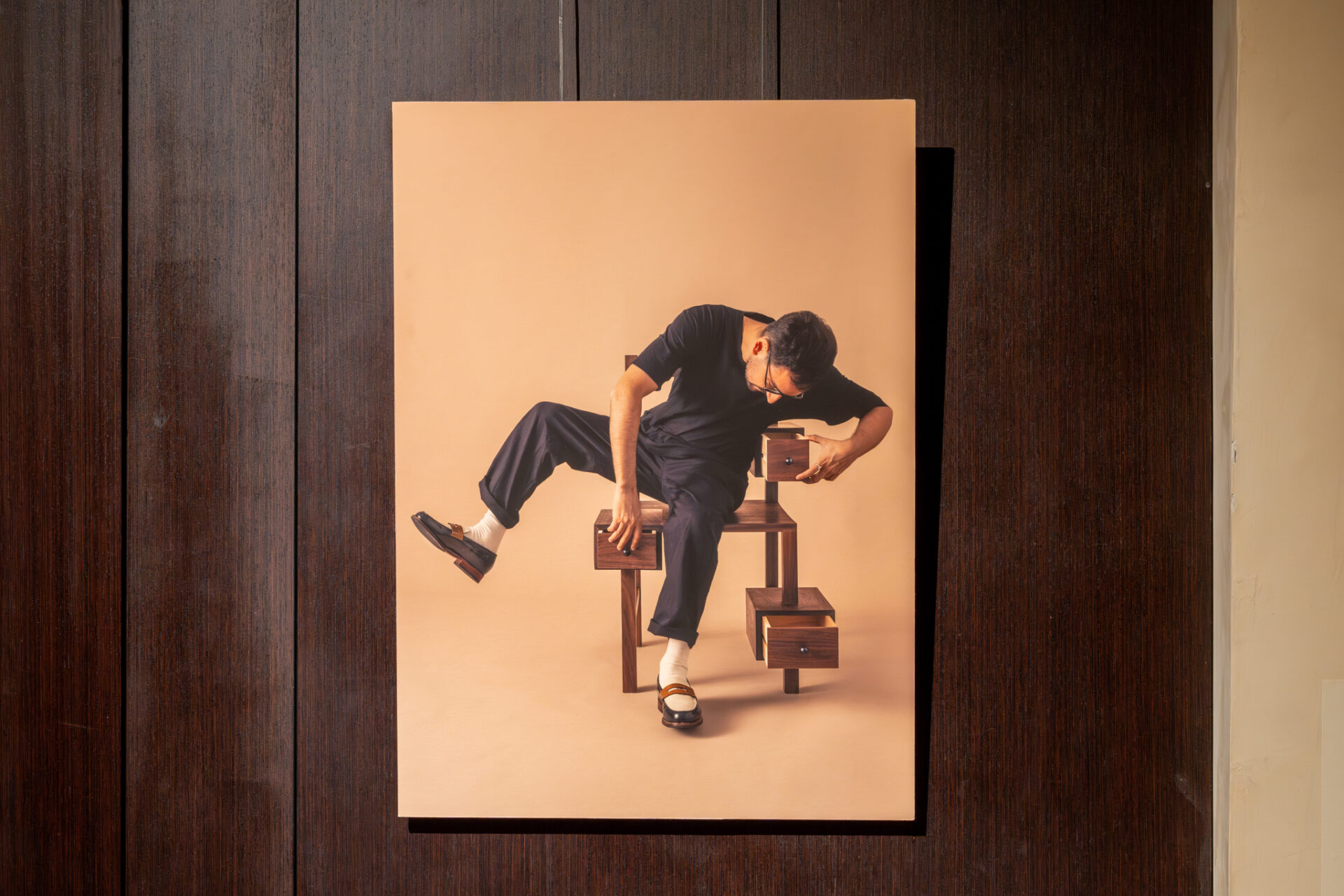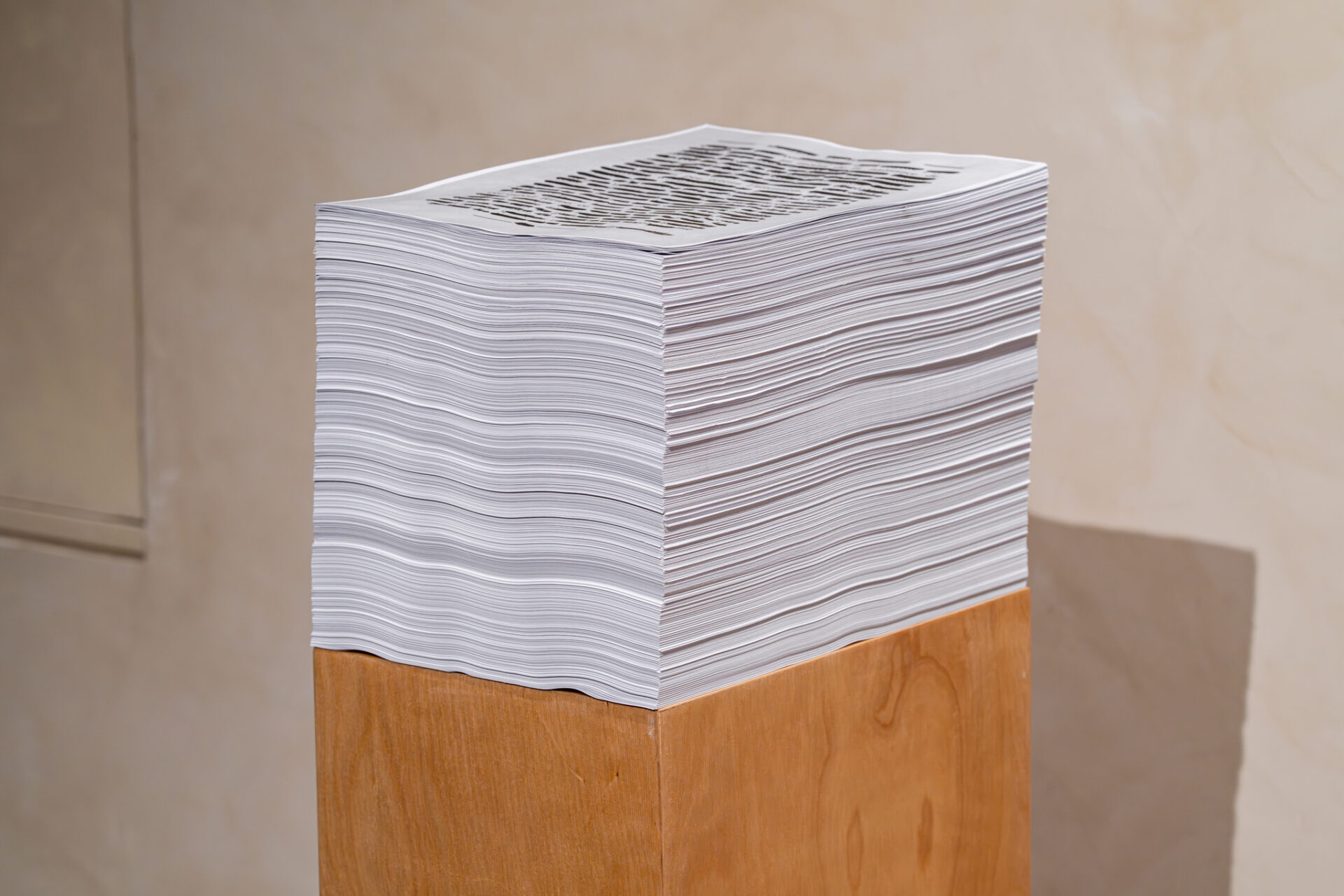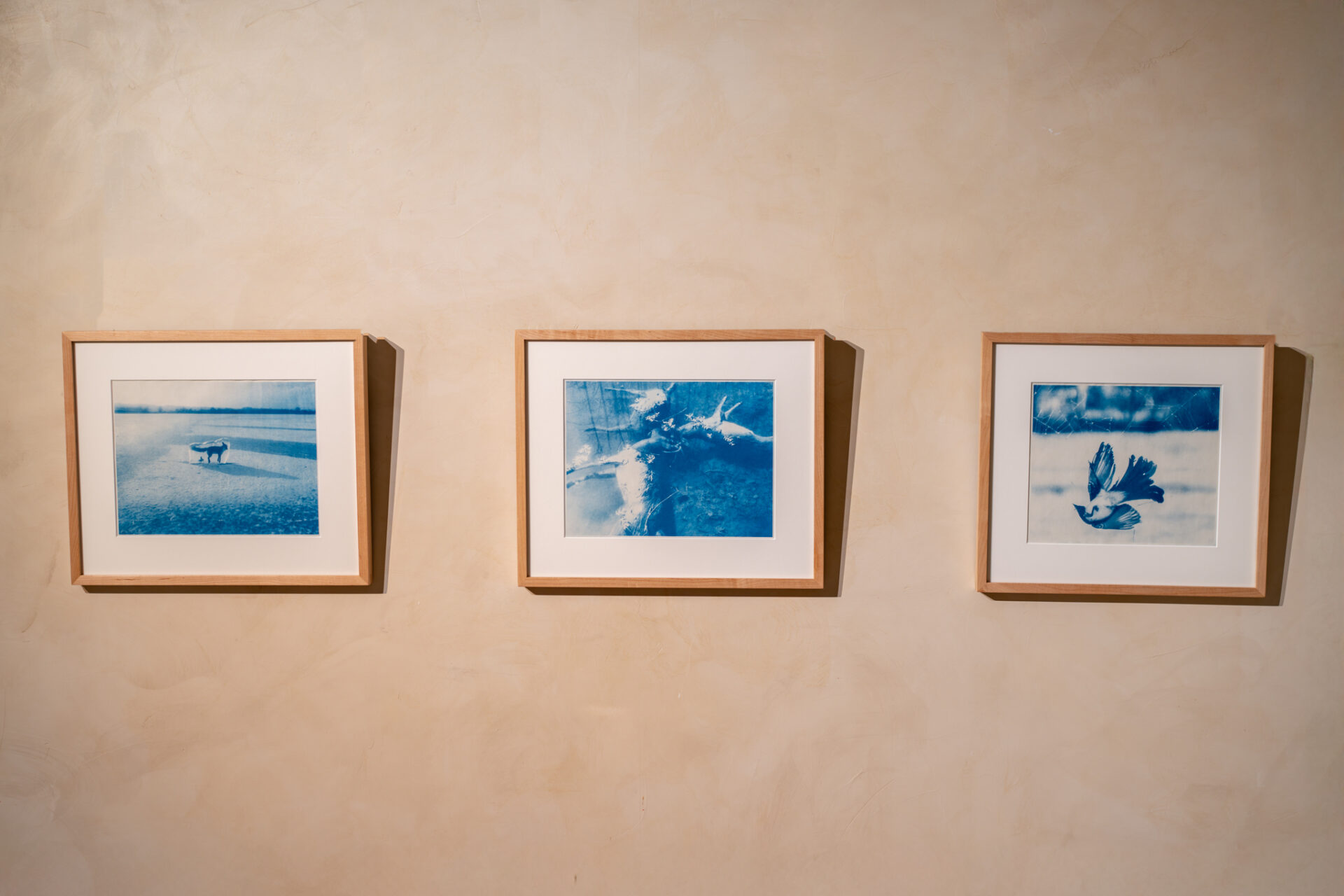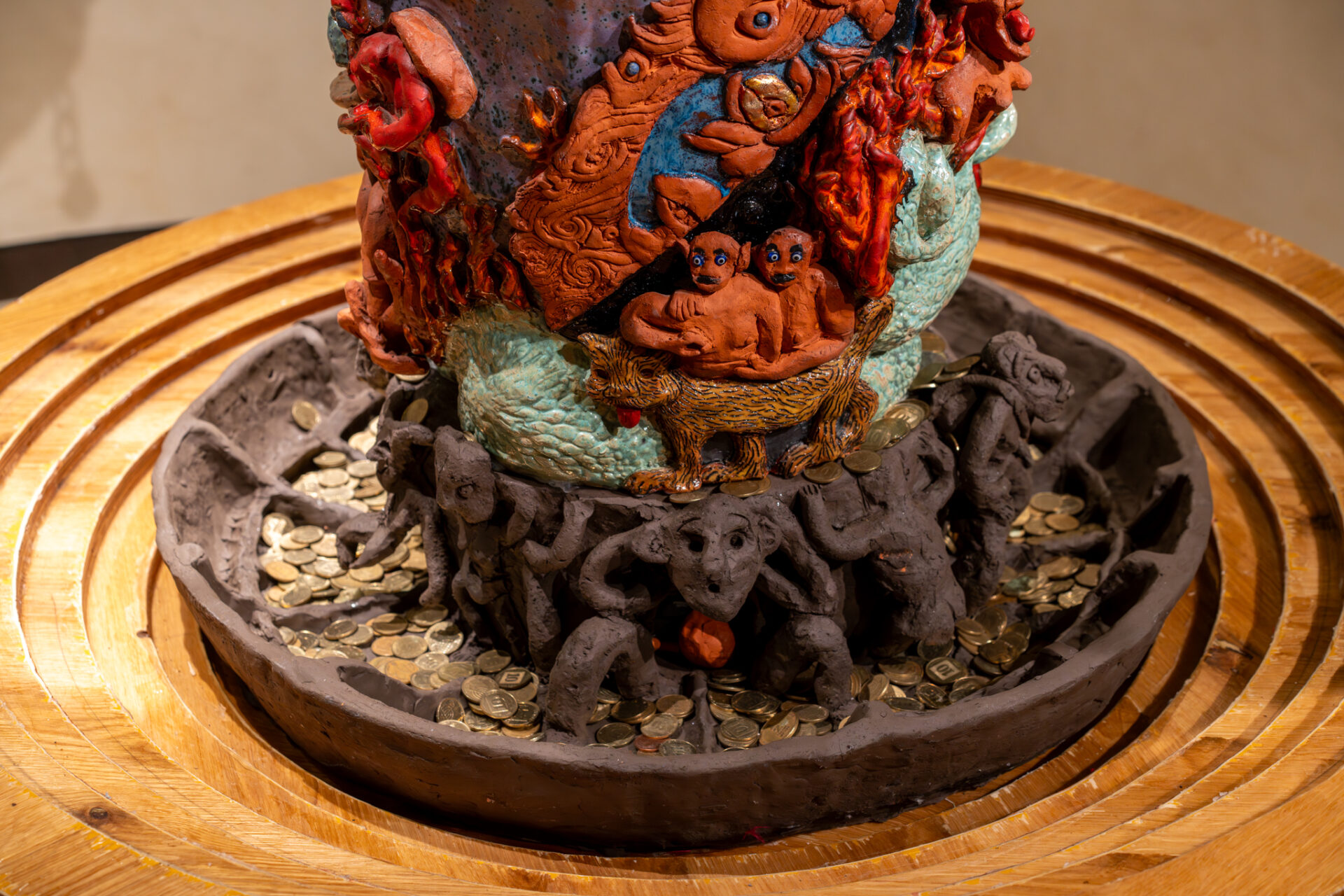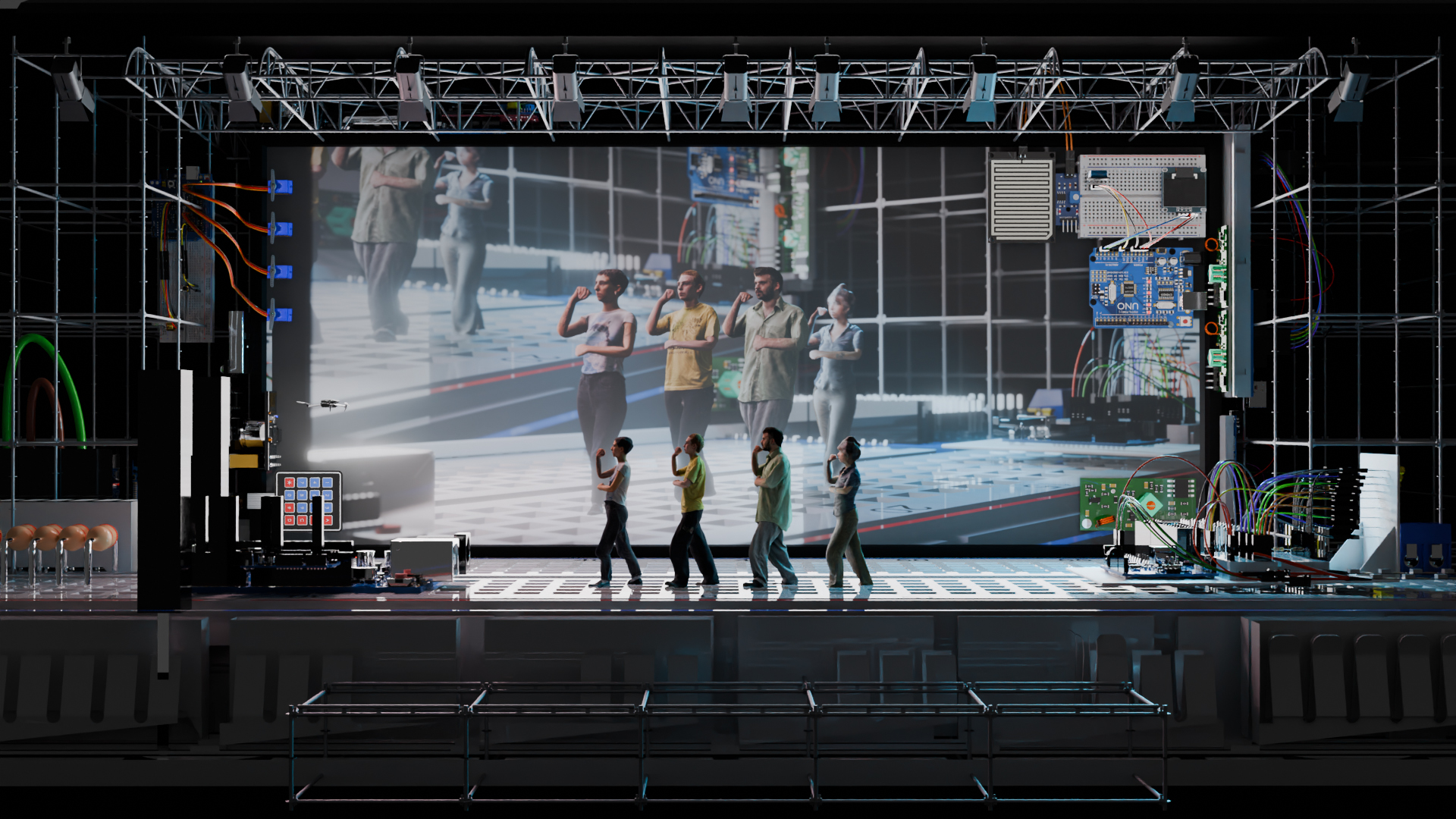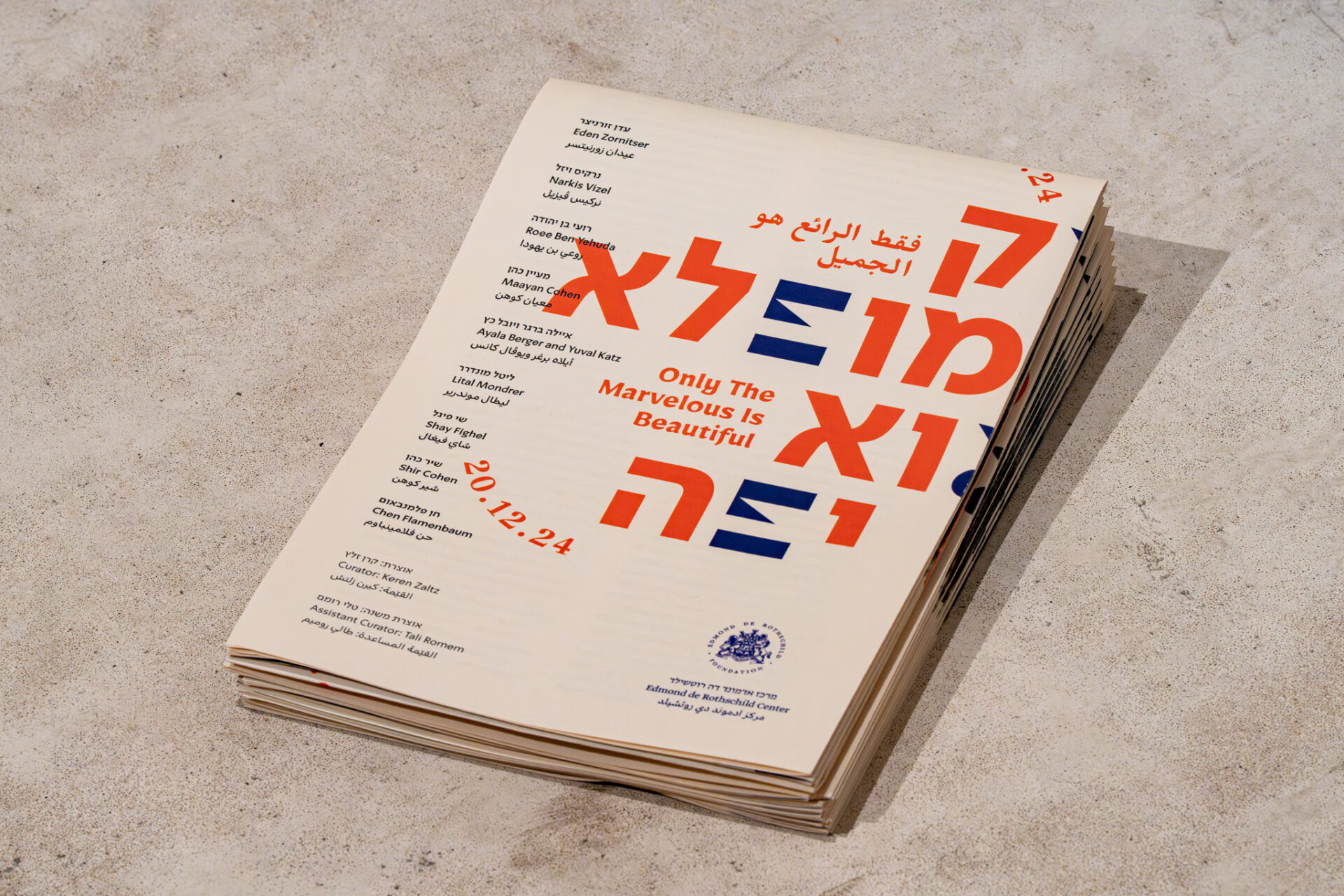This exhibition was born out of the artists’ joint reading of the First Manifesto of Surrealism, celebrating its centennial in 2024. This constitutive text, by French author and poet André Breton, marked the onset of a cultural and artistic revolution, which eventually expanded far beyond Europe, leaving significant traces in areas such as cinema, fashion and advertising. The surrealists opened their eyes to what lay beyond reality, their creative work inspired by the oneiric and unconscious. Breton wrote: “the marvelous is always beautiful, anything marvelous is beautiful, in fact only the marvelous is beautiful”.[1] In this sentence, he encapsulates the main concept of the surrealist movement – the repudiation of the rule of logic and privileging of the spiritual and imaginary in the artwork. This concept has stood the test of time: although it is customary to date the decline of surrealist art to the 1960s, clearly, key elements in its conception are part of the very genome of contemporary art.
The manifesto was written not long after the First World War, at a time when its horrific outcomes were common knowledge. The present exhibition was also conceived at a time of extreme uncertainty and profound crisis, and the works on display seek a way to reveal an inner world where the impossible can exist, and diving underground can arrive at the very core of free thought. These artworks were created using a variety of media and techniques, inspired by the fathoms of the mind and spirit. Their point of departure is the loss of control and disinhibition enabled by the act of art. The participating artists take the familiar and banal and perform material and digital interventions that disrupt its original purpose and redraw its boundaries. Such a world can serve as an escape from reality, but at the same time also as the beginning of a different way of thinking – subversive and radical – which merges surrealist ideas with contemporary local discontents.
[1] André Breton, Excerpt from the “First Manifesto of Surrealism”, in Art in Theory 1900-1990: An Anthology of Changing Ideas, eds. Charles Harrison and Paul Wood (Oxford: Blackwood, 1992), 87-88.
